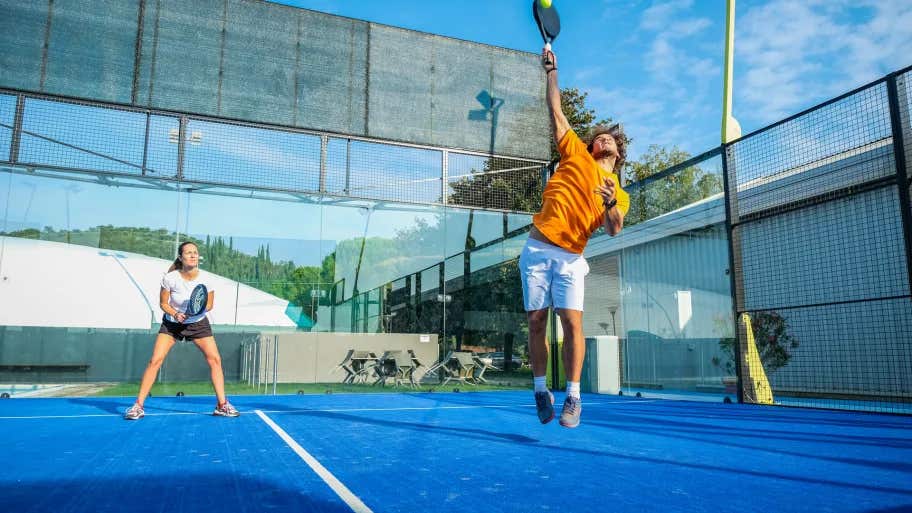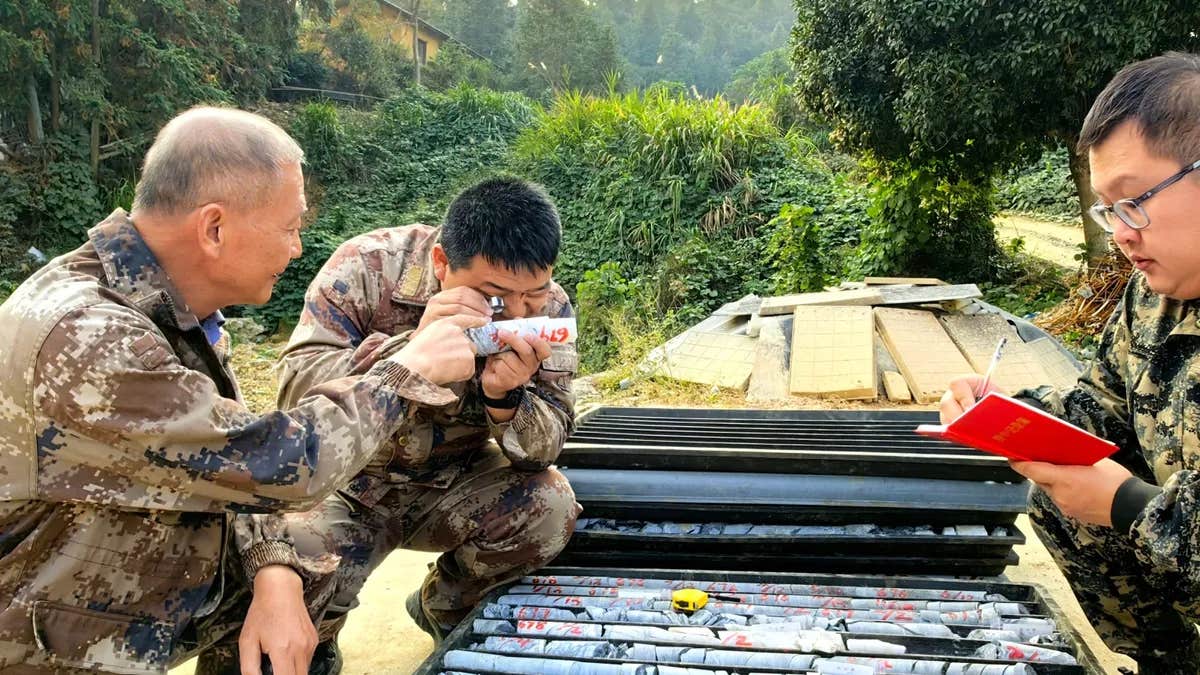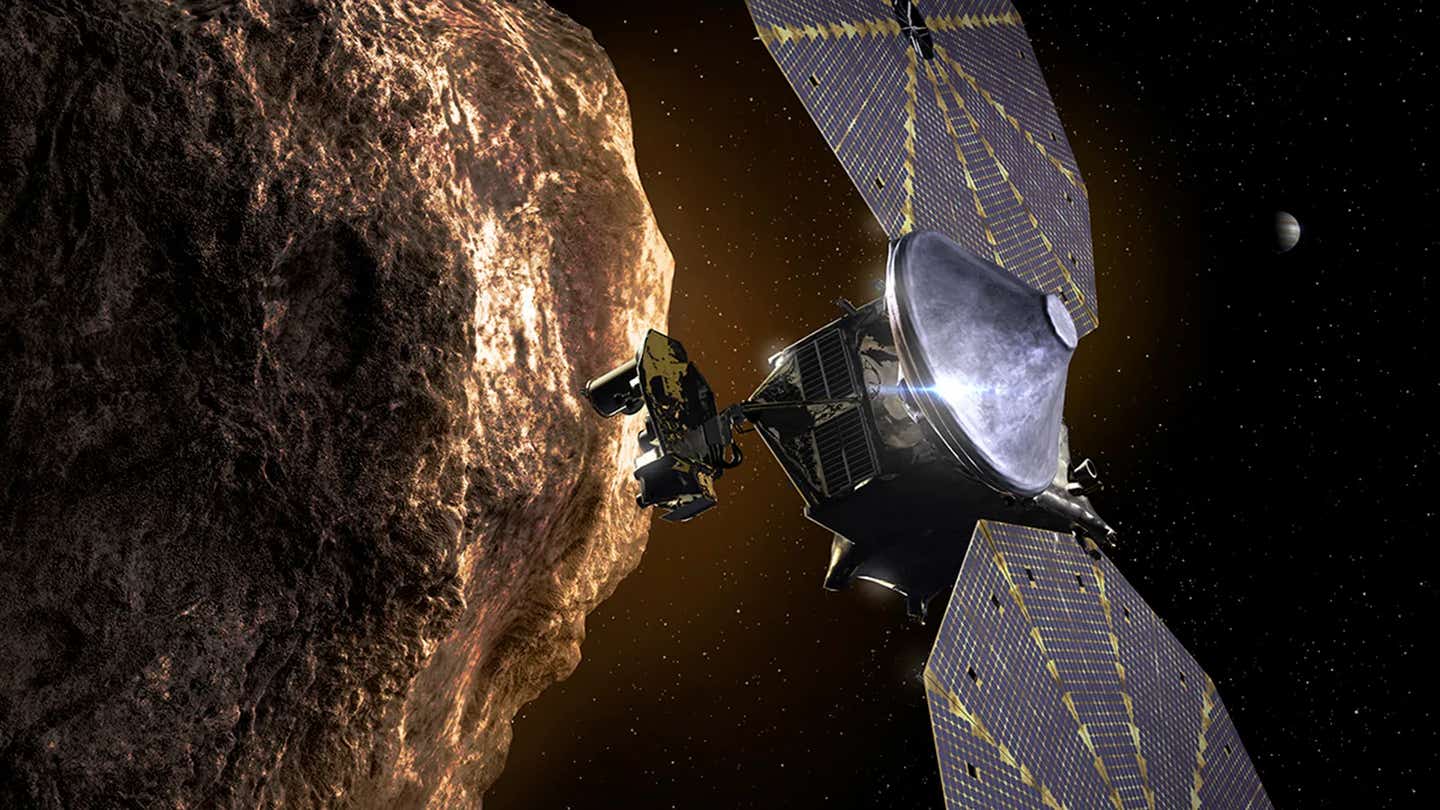Water-cooled artificial turf could make cities cooler and safer
Artificial turf with an integrated subsurface water storage and irrigation system could make sports courts safer and cooler while helping cities with water and flood management

Traditional artificial turf can reach scorching temperatures of up to 70°C on sunny days, posing risks such as burn injuries and heat-related illnesses. (CREDIT: Creative Commons)
Urban living often means limited space for outdoor sports. To address this, parks and public sports courts are increasingly turning to durable artificial turf, which can withstand heavy use.
However, this solution brings its own set of challenges for both individuals and cities. In the Netherlands, scientists are innovating to overcome these issues by integrating a subsurface water storage and capillary irrigation system under artificial turf fields.
"Here we show that including a subsurface water storage and capillary irrigation system in artificial turf fields can lead to significantly lower surface temperatures compared to conventional artificial turf fields," explained Dr. Marjolein van Huijgevoort, a hydrologist at KWR Water Research Institute. This system, as reported in Frontiers in Sustainable Cities, employs circular on-site water management, resulting in a substantial evaporative cooling effect.
The new artificial turf system includes an open water storage layer directly beneath the turf and shockpad, where rainwater is stored. Cylinders within this water layer transport the stored water back to the surface, allowing it to evaporate and cool the turf naturally. "The process of evaporative cooling and capillary rise is controlled by natural processes and weather conditions, so water only evaporates when there is demand for cooling," van Huijgevoort elaborated.
Traditional artificial turf can reach scorching temperatures of up to 70°C on sunny days, posing risks such as burn injuries and heat-related illnesses, from mild rashes to severe heat strokes. However, a field experiment in Amsterdam demonstrated the effectiveness of the self-cooling turf.
On a hot June day in 2020, the self-cooling turf's surface temperature was recorded at 37°C, just 1.7°C higher than natural grass, while conventional artificial turf soared to 62.5°C.
The benefits extend beyond surface cooling. "We found lower air temperatures 75cm above the cooled plots compared to conventional artificial turf fields, especially during the night," said van Huijgevoort. This suggests that the cooled turf contributes less to the urban heat island effect, a significant problem in densely populated areas.
Related Stories
This innovative turf blends the durability of artificial turf with the cooling benefits of natural grass. It not only stays cool but also offers a healthier environment for sports. Additionally, it can store nearly as much rainwater as natural grass, reducing stormwater drainage and mitigating urban flooding. In dry periods, extra water can be added to the system, or it can be watered like natural grass.
Despite these advantages, the installation costs of this new system can be up to twice as high as conventional artificial turf. A comprehensive cost-benefit analysis is needed to determine the true value of this investment.
Further research is also necessary to understand how cooling turf might impact surrounding areas and cities overall. The team aims to explore the benefits in various climates, using different storage sizes, materials, and infills to find the optimal combination.
Initial results are encouraging. "People in urban areas, especially children, have a growing need for sport and play facilities," van Huijgevoort concluded. "With this work, we show the benefits of the subsurface water storage and capillary irrigation system without the negative effects of artificial turf fields."
This innovative approach to artificial turf could be a game-changer for urban sports facilities, offering a safer, cooler, and more sustainable solution.
Note: Materials provided above by the The Brighter Side of News. Content may be edited for style and length.
Like these kind of feel good stories? Get the Brighter Side of News' newsletter.
Rebecca Shavit
Science & Technology Journalist | Innovation Storyteller
Based in Los Angeles, Rebecca Shavit is a dedicated science and technology journalist who writes for The Brighter Side of News, an online publication committed to highlighting positive and transformative stories from around the world. With a passion for uncovering groundbreaking discoveries and innovations, she brings to light the scientific advancements shaping a better future. Her reporting spans a wide range of topics, from cutting-edge medical breakthroughs and artificial intelligence to green technology and space exploration. With a keen ability to translate complex concepts into engaging and accessible stories, she makes science and innovation relatable to a broad audience.



